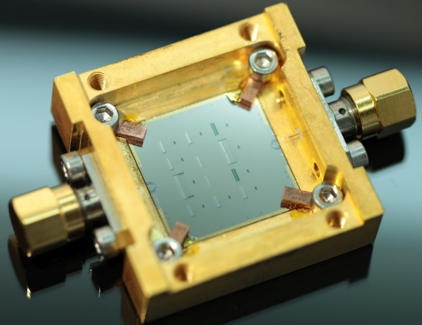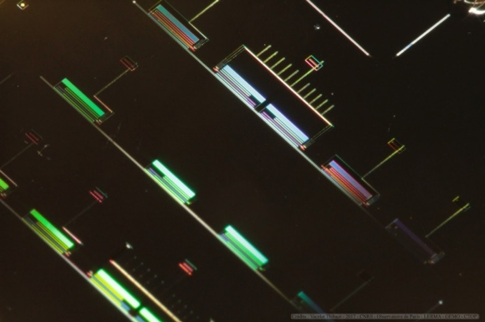Kinetic Inductance Detectors
Détecteurs de lumière à haute performance
Les grands programmes de Physique de l’Univers dans lesquels le PCCP est investit développent des technologies de pointe. C’est en particulier le cas pour l’observation de la première lumière émise dans l’Univers, le fond diffus cosmologique, dont l’étude a valu à George Smoot le Prix Nobel en 2006. Le PCCP est investi dans le développement d’un laboratoire travaillant à la mise au point de détecteurs de lumière extrêmement performants. Ce projet est soutenu par le programme Investissements d’Avenirs et par une collaboration avec l’Université Nazarbaiev au Kazakhstan. Votre soutien à cette activité tournée vers le futur peut permettre de développer ces nouveaux détecteurs, grâce à une collaboration exemplaire entre recherche fondamentale et innovation. Faire un don
KIDS
Kinetic inductance detectors (KIDs) feature ultra-high sensitivity, high quality factor (Q>105), wide band, easy fabrication, and the possibility to multiplexing large detector arrays. They have been applied in various astronomical projects in from the millimeter, infrared, optical to X-ray band, in passive imaging and single photon counting.
KIDs work at 1/8 of the critical temperature of its material, which is usually around 100 mK. They make use of the change in the surface impedance of a superconductor as the incoming photons break Cooper pairs, which will shift the resonance frequency. Then incoming signal can be detected by measuring the shift of phase in the resonator. KIDs array can be easily made by tuning their resonance frequency and can be readout in the frequency domain naturally.
PCCP/APC has been working on KIDs since 2012, mainly focusing on multi-colour antenna coupled KIDs for cosmology [1]. It uses wideband slot antenna to receive the signal and separates the signal into several bands by on-chip filters. Then the signal will be detected.


Fig.1 antenna couple KIDs developed at PCCP